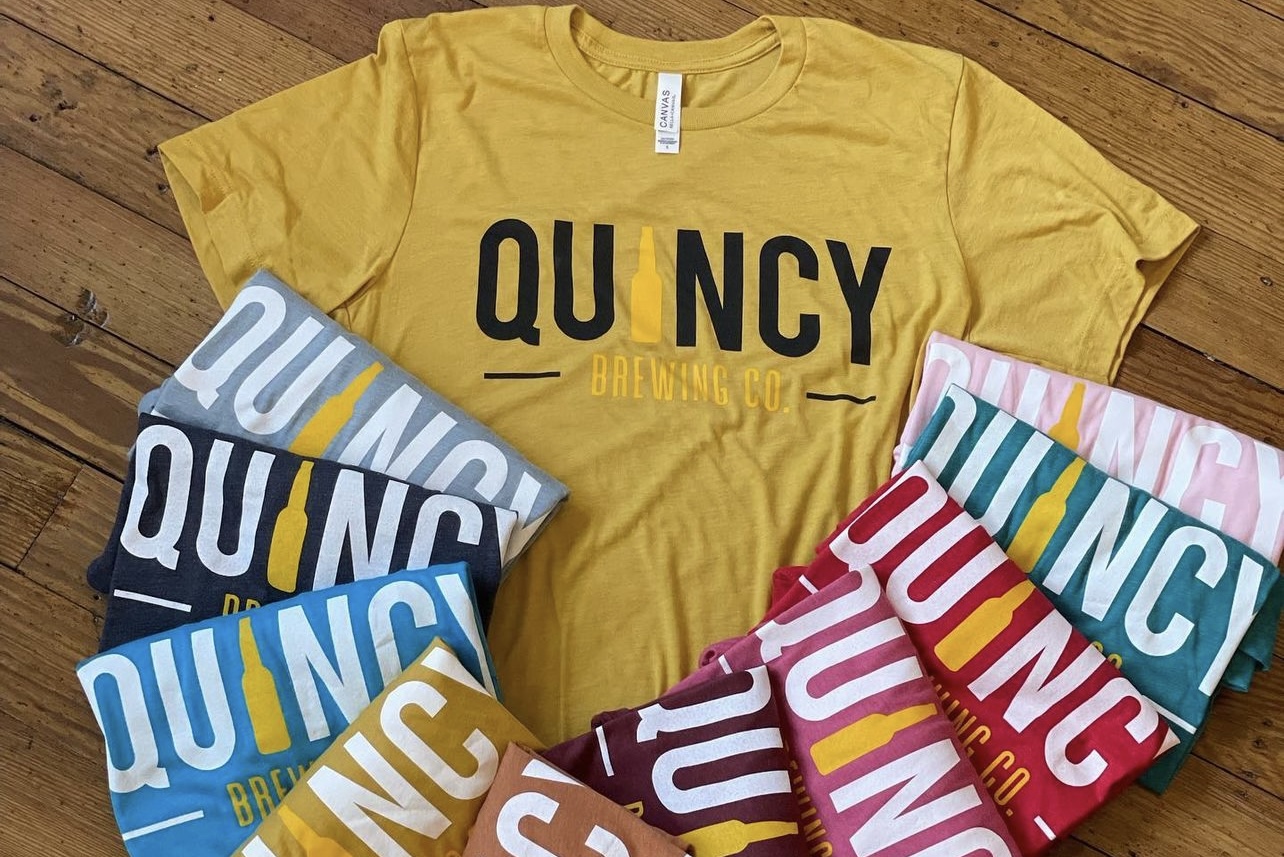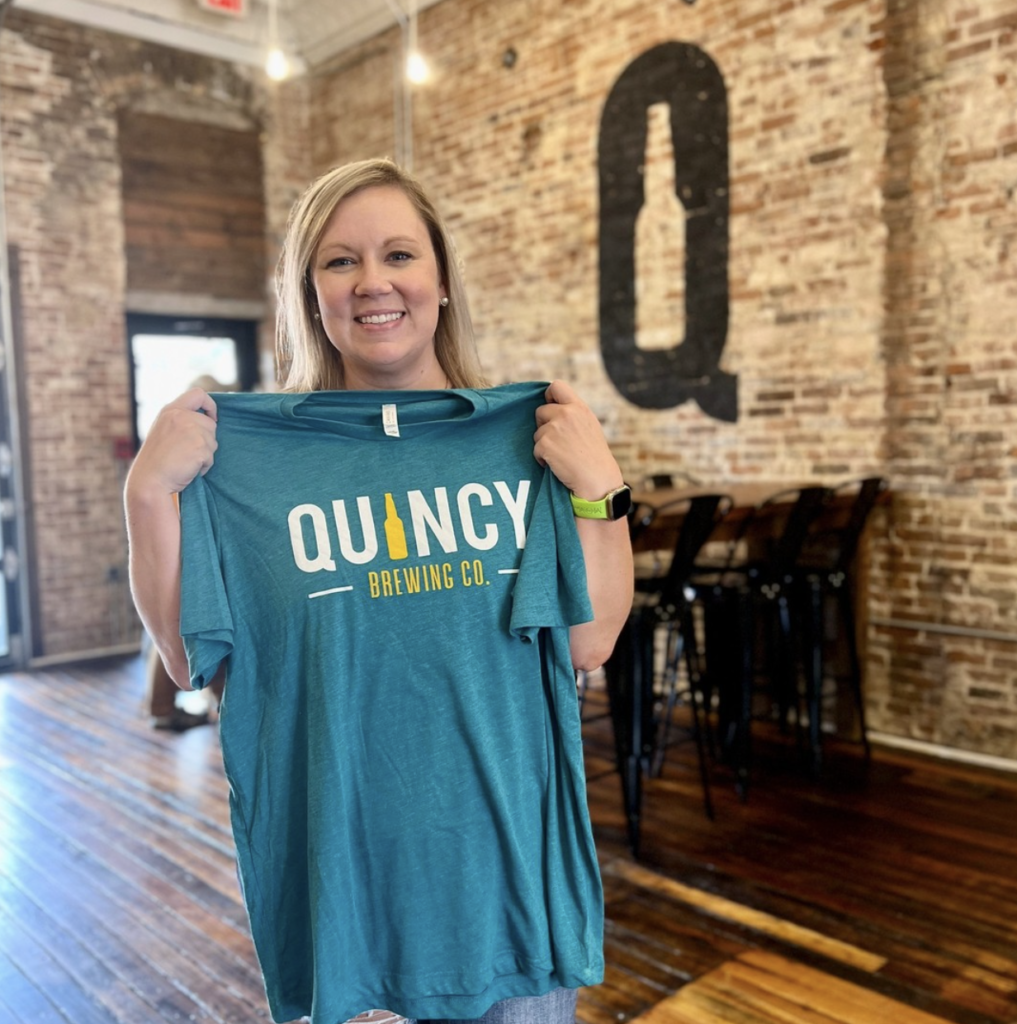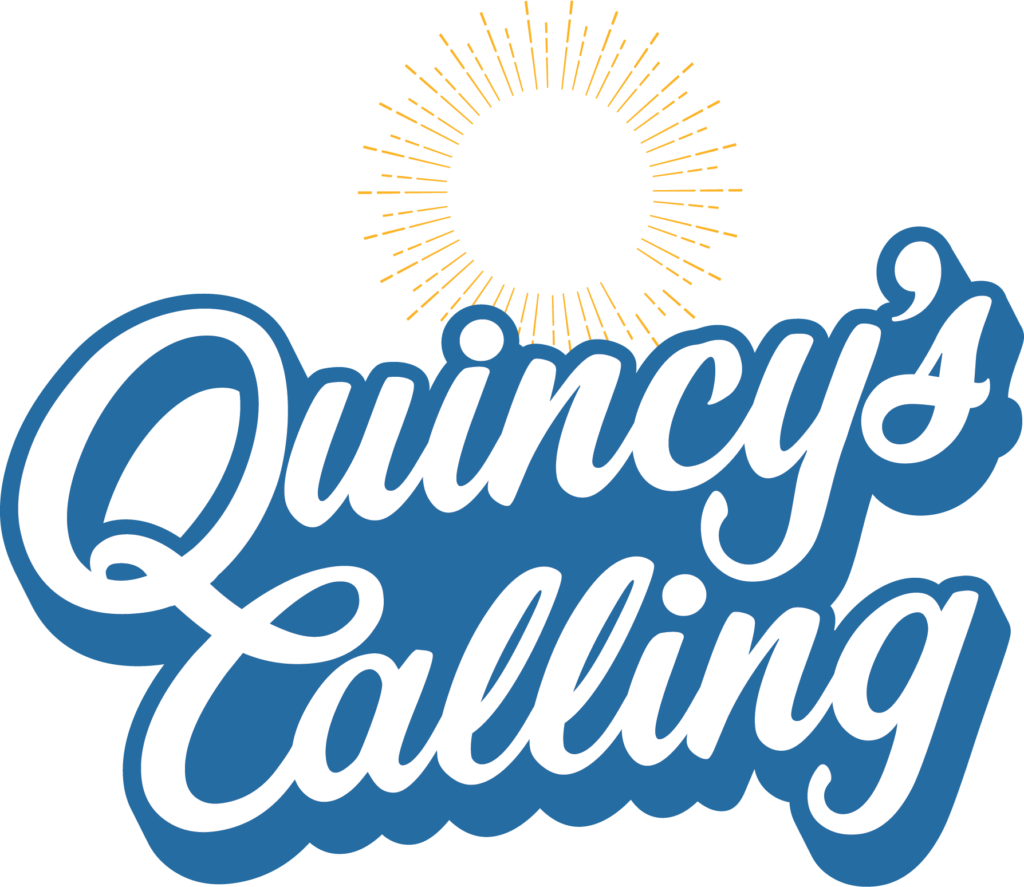
27 Feb Three 2023 Social Media Trends for Community Marketers
It’s no secret that social media has increasingly become an integral part of people’s lives and daily routines. Thus, it represents a key platform that communities must continue to use to tell their value stories, build their brand reputations and connect with target audiences, such as potential visitors, relocators and investors.
With social media serving as a key communications tool, it is crucial to remain educated on current trends and specifically, how they can be applied to promoting your community.
As a leading place marketer, North Star does just that. Social media trends can be difficult to navigate – as every channel and best practice won’t align with your economic and marketing strategies. To help you make smart decisions on social media, we’ve compiled some of this year’s key trends most relevant to community marketers.
Trend #1: The use of social collaborations is growing
Social collaborations are a great way to grow engagement, build brand awareness and demonstrate strong public-to-private sector relationships within your community. A social collaboration involves multiple business pages or profiles publishing a ‘post’ jointly to extend the reach of the content.
One of our clients, Quincy, Illinois, recently executed a great example of a social collaboration. In 2021, the Illinois town launched the Quincy’s Calling campaign, an initiative aimed at attracting talent to help fill the area’s available jobs, ultimately fostering long-term economic growth and positioning the community as an ideal place to live.
Quincy partnered with a local brewery, Quincy Brewing Company, which has grown into a staple of the community. The collaboration gave Quincy residents the opportunity to enter a contest to win a shirt by following both social accounts and tagging a friend in the comments. The post was shared to both social accounts, receiving exceptional engagement from Quincy residents and community members.
The contest itself was simple, but it helped showcase the strong partnership between the city and local businesses.



Trend #2: Audio content has a larger listenership than ever
Audiences are engaging with audio content more than ever, especially through podcasts. In 2022, 73% of the U.S. population listened to online audio compared to 68% in 2020 and 2021 (The Infinite Dial 2022). Of that 73%, it is estimated that 209 million individuals listened to audio in 2022 and those individuals listened to an average of eight podcasts weekly.
This trend creates an opportunity for communities to leverage podcasts in a variety of ways. Podcasts are always looking for interesting guests, as well as sponsors. There’s also the consideration of launching your own podcast, with a local person of influence as the host and many local stakeholders regularly joining as guests.
When launching a podcast, however, it’s important to have patience and a meaningful and relevant strategy – both from a marketing and content perspective. Who are you trying to reach, and is it relevant to them?
Trend #3: Longer-form post copy
Many social media platforms are increasingly striving to keep users on their respective platforms by making it more difficult to link out to a webpage. For example, Instagram and TikTok do not allow active links to external sites in their posts.
If you are promoting a local event or sharing community information on social media, consider including the key details about it within the post copy. For example, when promoting a community event try including the date, time, location, and registration details in the post copy or a post graphic rather than writing a short sentence and linking to an external webpage. With attention spans shortening, this is what your audience and social platforms want.
Whether you are trying to attract residents to your community, diversify your economy or change the narrative of your place, social media should be used to share your strengths and build connections with your audience. However, knowing what types of content to use for your place on social media can be difficult. We’re here to help you.
